NASA Astronomy Picture of the Day 8 April 2023: A STAGGERING 100-bn star Spiral Galaxy
NASA Astronomy Picture of the Day for 8th April features a Spiral Galaxy captured by Hubble Space Telescope, which is composed of a staggering over 100 billion stars.
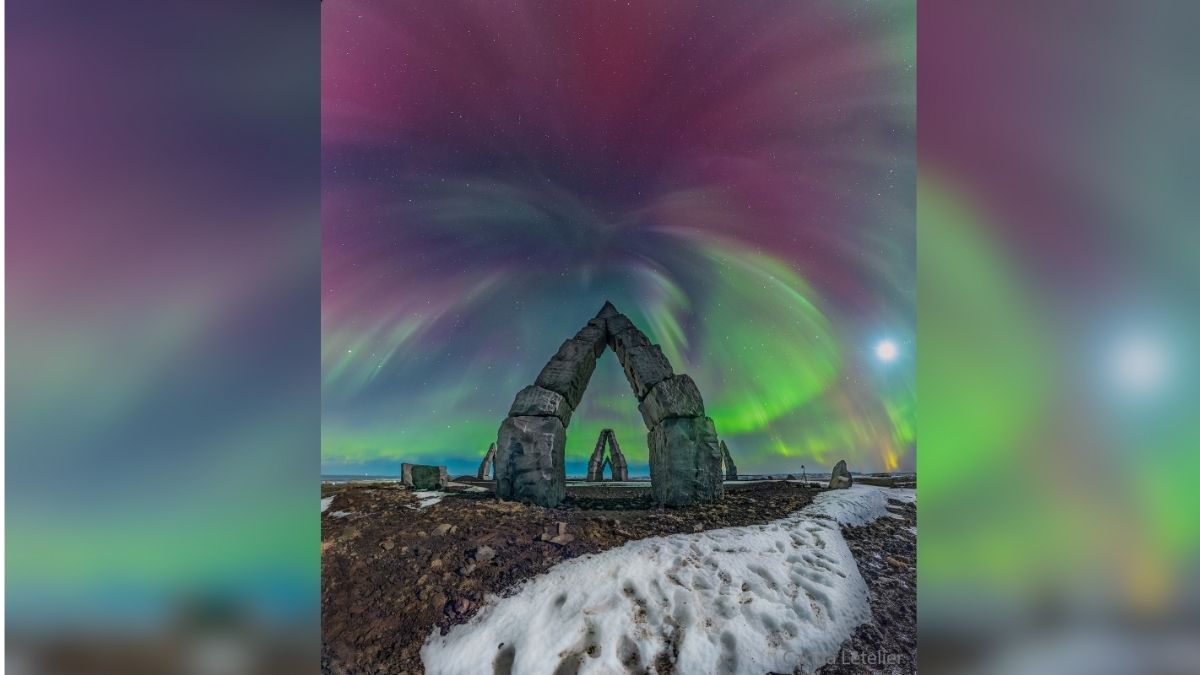
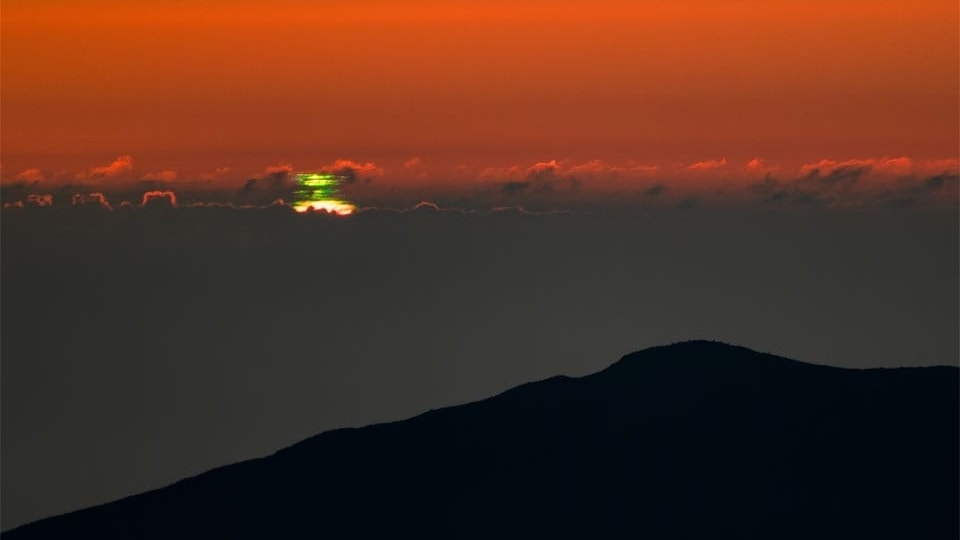
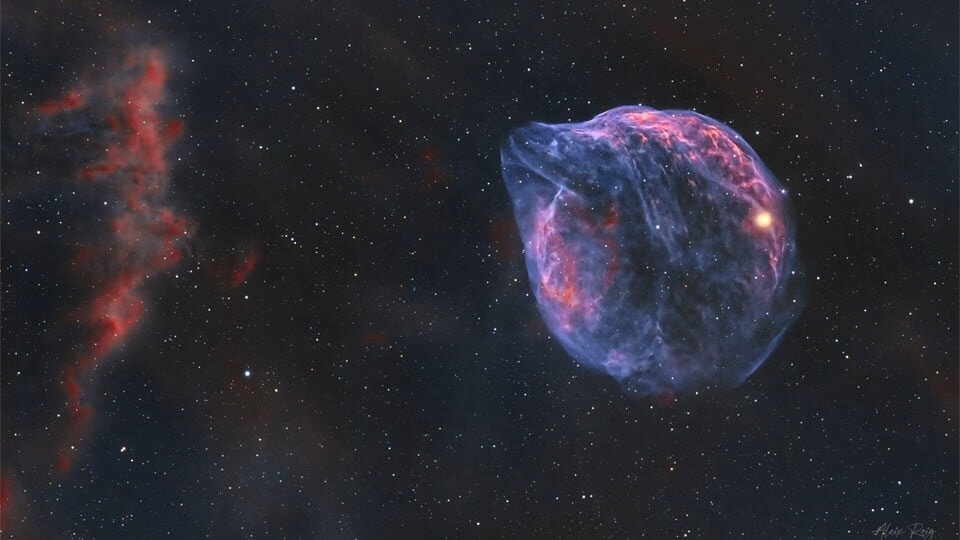
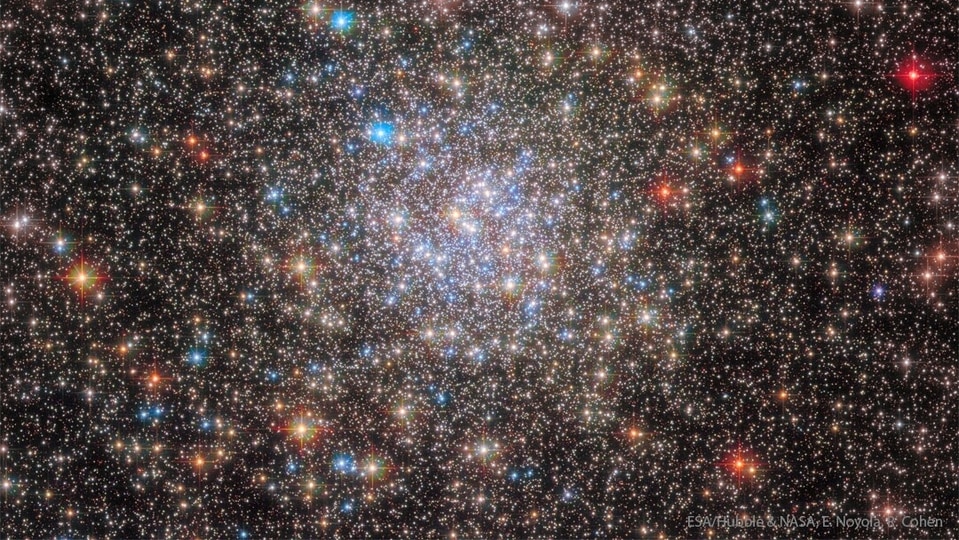
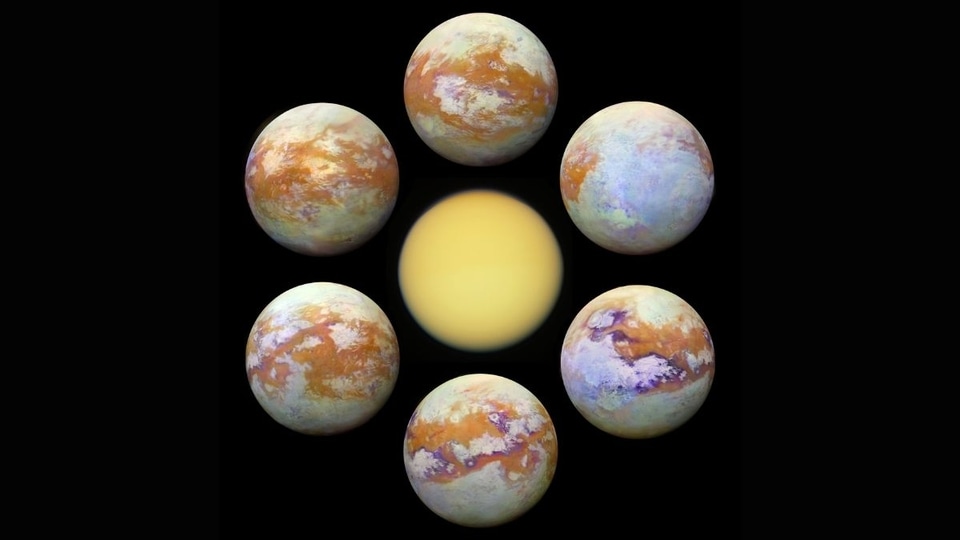
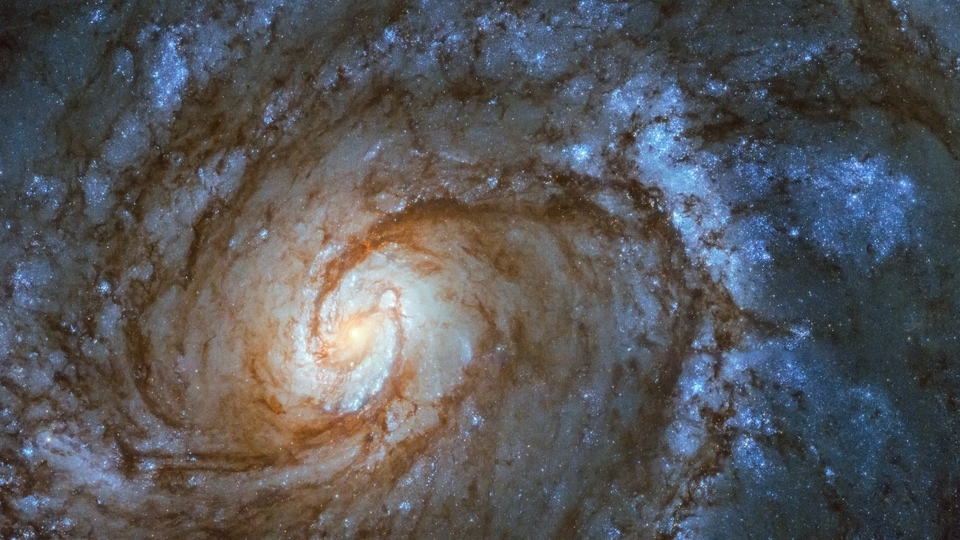
 View all Images
View all ImagesNASA's Astronomy Picture of the Day is that of a grand spiral galaxy. It is Messier 100 (M100), which is a large galaxy of over 100 billion stars with well-defined spiral arms that is similar to our own Milky Way Galaxy. The detailed image is captured by NASA's Hubble Space Telescope with the Wide Field Camera 3 and accentuates bright blue star clusters and intricate winding dust lanes which are hallmarks of this class of galaxies while revealing individual stars within the galaxy's prominent spiral arms. NASA says that M100 is a stunning example of a grand-design spiral galaxy.
While sharing the image, NASA explained, “One of the brightest members of the Virgo Cluster of galaxies, M100 (alias NGC 4321) is 56 million light-years distant toward the constellation of Berenice's Hair (Coma Berenices).” The investigation of variable stars in M100 has been crucial in establishing the age and size of the Universe.
More about the Grand Spiral Galaxy
M100 was discovered by the French astronomer Pierre Mechain in 1781. Mechain, who discovered eight comets during his lifetime, was Charles Messier's colleague in hunting comets. Despite being dim in the night sky, with an apparent magnitude of 10.1, M100 can still be observed using small telescopes, although it will appear as a faint patch of light. NASA says that larger telescopes are required to reveal more details about this galaxy. While May is the best time to observe M100.
What are Spiral Galaxies
Most galaxies have an elliptical shape, but some have unique shapes such as toothpicks or rings. Galaxies vary greatly in size, ranging from small dwarf galaxies with a population of only a few billion stars to massive elliptical galaxies with trillions of stars. Spiral galaxies are among the most striking with their winding arms resembling giant pinwheels.
These galactic disks consist of stars, gas, and dust, and have bright bulges at their centers, composed mostly of older and dimmer stars. The spiral arms are generally rich in gas and dust, which leads to the formation of younger and brighter stars visible throughout their length.
Catch all the Latest Tech News, Mobile News, Laptop News, Gaming news, Wearables News , How To News, also keep up with us on Whatsapp channel,Twitter, Facebook, Google News, and Instagram. For our latest videos, subscribe to our YouTube channel.
































